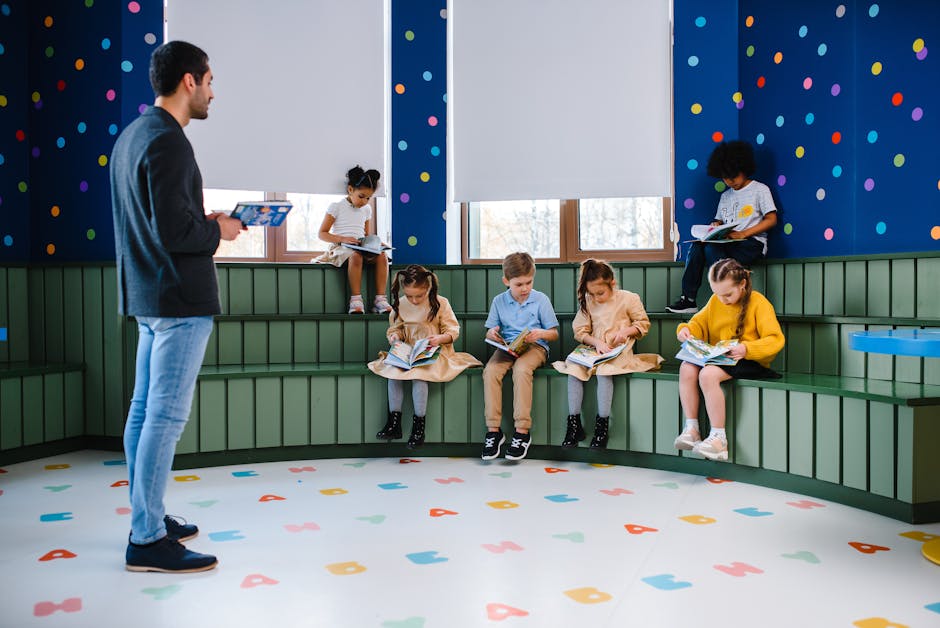How to Encourage Collaborative Learning with the Arabic Alphabet
Learning a new alphabet can be challenging, but it can also be a fantastic opportunity for collaboration and fun! When it comes to the Arabic alphabet, engaging with peers can make the process more interactive and enjoyable. In this blog post, we’ll explore ways to encourage collaborative learning while delving into the beautiful script of the Arabic language. Ready to get started? Let’s dive in! 🌟
Table of Contents
1. Understanding the Basics of the Arabic Alphabet
2. Creating a Collaborative Learning Environment
3. Fun Activities to Enhance Learning
4. Leveraging Technology for Collaborative Learning
5. Conclusion
6. FAQs
Understanding the Basics of the Arabic Alphabet
Before jumping into collaborative activities, it’s essential to have a basic understanding of the Arabic alphabet. The Arabic script consists of 28 letters and is written from right to left. Each letter can have up to four different forms depending on its position within a word. Familiarize yourself with these basics, and you’ll be ready to engage in collaborative learning. 📚
Creating a Collaborative Learning Environment
Creating an environment conducive to learning is key to success. Here are some tips:
1. Set Clear Goals 🎯
Define what you aim to achieve with collaborative learning. Whether it’s mastering specific letters or being able to write simple words, having clear goals will guide your sessions.
2. Encourage Open Communication 🗣️
Promote a culture where everyone feels comfortable asking questions and sharing knowledge. Open communication fosters a supportive environment for learning.
3. Mix Different Learning Styles 🎨
Incorporate diverse methods such as visual aids, auditory lessons, and hands-on practice to cater to different learning preferences.
Fun Activities to Enhance Learning
Learning should be fun! Here are some engaging activities to try with your peers:
1. Alphabet Relay Race 🏃♀️
Organize a relay race where each participant writes a letter of the Arabic alphabet on a board. This not only helps in memorizing the letters but also makes learning dynamic and exciting.
2. Arabic Alphabet Bingo 🎲
Create bingo cards with Arabic letters and call out the names in Arabic. This game enhances listening skills and helps in letter recognition.
3. Storytelling Sessions 📖
Pair up and create short stories using Arabic words. This encourages creativity and helps in understanding letter formations within words.
Leveraging Technology for Collaborative Learning
Technology can play a significant role in enhancing collaborative learning experiences. Here’s how:
1. Use Language Learning Apps 📱
Apps like Duolingo and Memrise offer interactive ways to practice the Arabic alphabet. Set up group challenges to make it more engaging.
2. Join Online Forums and Groups 🌐
Participate in online communities focused on learning Arabic. Sharing experiences and resources can significantly boost the learning process.
3. Virtual Study Sessions 💻
Host regular virtual study sessions using platforms like Zoom or Google Meet. This allows for consistent practice and feedback exchange.
Conclusion
Encouraging collaborative learning with the Arabic alphabet can transform a daunting task into an enjoyable journey. By setting clear goals, engaging in fun activities, and leveraging technology, you can create an enriching learning experience for everyone involved. Remember, it’s not just about learning the letters—it’s about building connections and enjoying the process! 😊
FAQs
1. What age group is suitable for learning the Arabic alphabet collaboratively?
Collaborative learning can be effective for all age groups, from young children to adults. The key is to tailor the activities to suit the participants‘ age and learning level.
2. How can I make the Arabic alphabet easier to learn?
Breaking down the alphabet into smaller groups, using mnemonic devices, and regular practice can make it easier to learn. Incorporating games and interactive activities also helps reinforce learning.
3. Are there any online resources for learning the Arabic alphabet?
Yes, there are numerous online resources, including apps like Duolingo, websites offering free courses, and YouTube channels dedicated to teaching Arabic. These can supplement your collaborative learning efforts.
4. Can collaborative learning be effective in a virtual setting?
Absolutely! With the right tools and a structured approach, virtual collaborative learning can be just as effective as in-person sessions. Utilizing video conferencing platforms and online resources can bridge the gap.






